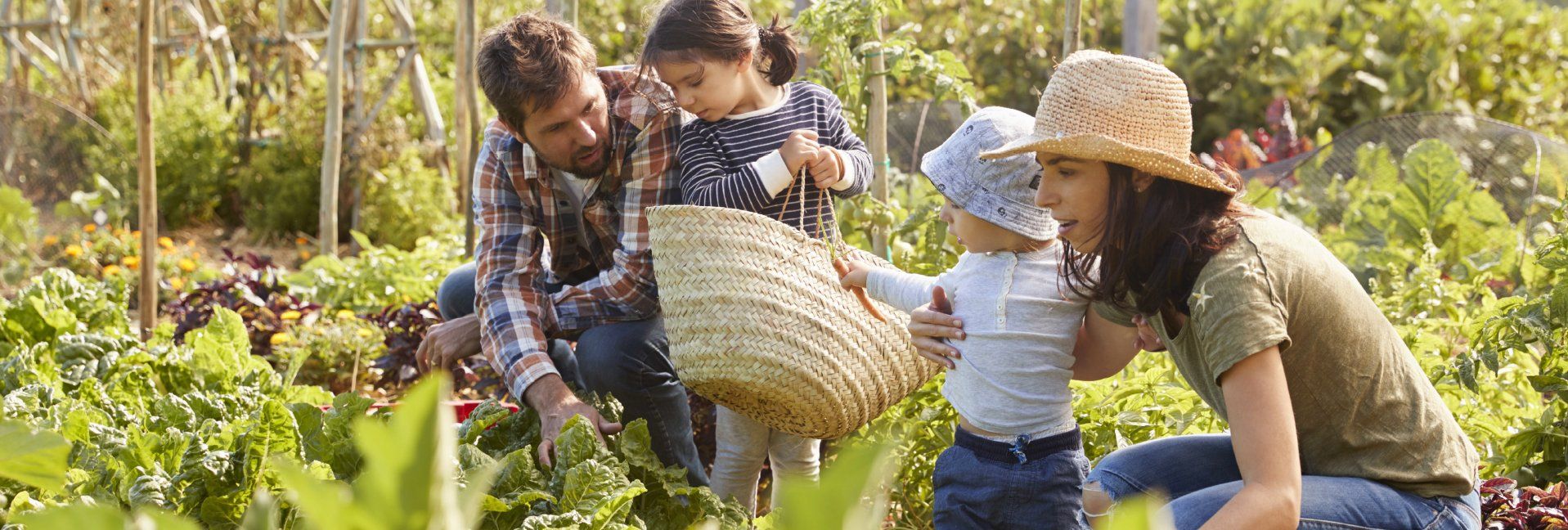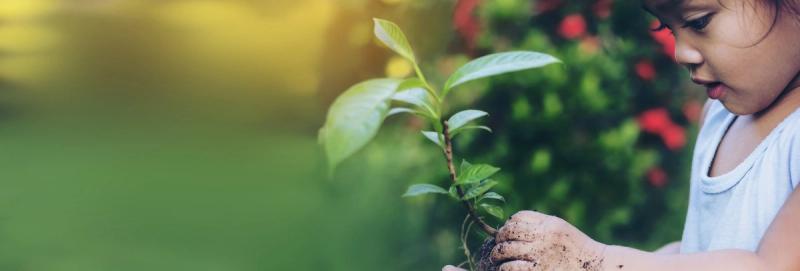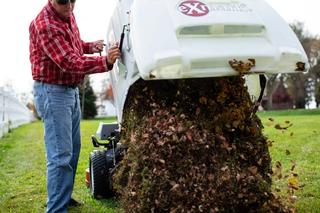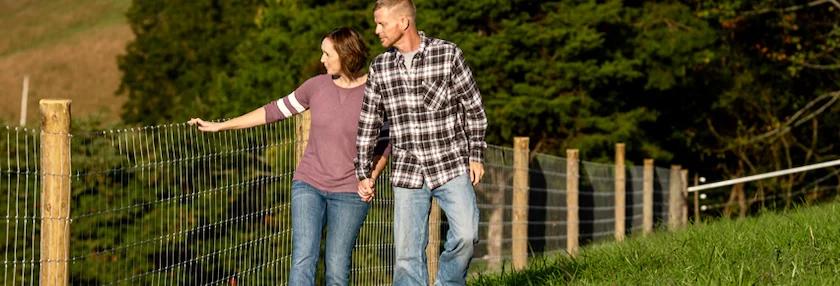Sustainability For All: Can we live better today for our children tomorrow?


At the supermarket today, you’ll see some of the most expensive prepared foods, meats, fruits, and vegetables that often have two things in common:
The grains, fruits, and vegetables were grown organically
The livestock—as well as some of the fruits and vegetables
—have been raised sustainably
Organic growing has been around for a while, and there are rules and regulations that growers have to follow to be able to make the organic claim.
But when manufacturers—a list that includes agriculture, home furnishings, clothing and even buildings—use the term, it raises a legitimate question: What on earth is “sustainability?”
Sustainability is the new black
Just as people stumbled over “organic” half a generation ago when referring to a cleaner way to grow crops, it took many years for the term and concept to become accepted and understood. Sustainability is still in early days of understanding.
Organizations like the United Nations offer definitions like the following:
Sustainable development… meets the needs of the present without compromising the ability of future generations to meet their own needs.
So looking at it in this light, being sustainable is all about making choices now—potentially in virtually everything we do—that involves minimal impact down the road for our children and theirs, too.
That may not be so easy to do.
Down in the trenches
For most of us who maybe aren’t always high-minded, what does sustainability look like on a daily basis? To a certain extent, it looks like the way your grandparents lived during the Depression.
When you didn’t have much and only dim prospects for replenishment, you saved what you could, did without when you needed to, and didn’t waste what you had.
We reached out to Alecia M. Spooner, a professor who has written numerous books and articles on the subject, including Environmental Science for Dummies (John Wiley & Sons, 2012). “Environmental sustainability doesn’t mean living without luxuries,” she says, “but rather being aware of your resource consumption.”

Reduce household energy use
This includes turning off appliance and lights, embracing energy-saving appliances and bulbs, using a clothesline, and using natural ventilation rather than air conditioning.
Eat locally
Avoid convenience stores and foods and instead shop at your farmers market when possible.
Dispense with disposables
Single-use razors, forks, cups, bags, and food storage containers were once unheard of. Try investing in reusable products for the items you most often throw away.
Plant seeds
Nothing beats growing your own food, and its easy to plant a few seeds in a corner of your yard or in a container on your porch. A few square feet on a patio can provide edible herbs, fruits, and vegetables.
Recycle
Recycle as much as possible! If your area doesn’t offer recycling pickup, find a drop-off location in the nearest town when you go there.
Resell and donate items
Thank your no-longer-used items for their service and extend their life through resale or donation.
Drink from the tap
Single-use, bottled water adds millions of tons of plastic to the waste stream every year. Use a glass or stylish metal container instead.
Save water
An easy way to live more sustainably is to conserve household water use.
Rely less on your car or truck
Carpool or at least combine multiple destinations in a single shopping trip. Consider smaller vehicles, or electric and hybrid vehicles.
Purchase fair-trade products
Look for the fair-trade certification on imported foods and goods. These items were grown using sustainable agriculture methods and the local people are receive a fair price for the goods they produce.
Sustainable business models
Many companies have embraced this, and they aren’t all Birkenstock-wearing, granola-eating, dreadlocked, tree-hugging vegans. Rather, they tend to be solid businesses, but ones with a social conscience. Most have found that reducing wastefulness improves the bottom line.
Back around the Millennium, one company came up with a way to reach like-minded people who were embracing the novel concept and saw opportunity in the emerging dot-com society.
E-commerce businessman John Aebi-Magee started his Sustainability Store in 1999 with the goal of connecting leaders in sustainability with learners, customers, and decision makers. These connections could create change, he had hoped. In addition to facilitating e-commerce, people and businesses can add products and services to the website.
It is still continuing today. You can visit the Sustainability Store at sustainabilitystore.com to research environmentally-friendly, sustainable companies, products, and services. Or, if you know of any that embrace a sustainability philosophy, add them to the listings.
What about rural life?
When you live in the country, it may actually be easier to adopt a more sustainable lifestyle…at least certain aspects of it. You could grow much of your own food, be careful about water and product usage, and make a single shopping trip to town.
Many farmers are “greening up” their homes and barns by installing solar power and wind energy. Using these “free” sources of energy not only saves ongoing dollars, but also produces a lower demand on the generating stations as a whole.
Farming practices that used to be common—but now long abandoned in some parts of the U.S. —are seeing greater interest, especially among younger farmers. Rotational grazing, use of cover crops, integrated pest management (IPM), and greater diversity of “farmer-in-the-dell” crops and livestock are beginning to see a comeback, especially on smaller landholdings.
According to the University of California-Davis, their relatively recent Biologically Integrated Farming Systems (BIFS Program) is bearing fruit, with farmers now sharing data on new approaches to raising crops in such a way that more is put back into the environment than is removed.
Is sustainability sustainable?
On a local level, small groups can make a big difference to their environment, both positive and negative. Unfortunately, some believe we have gotten where we are today—both good and bad—because societies have thrown long-term care to the wind.
So what can the future look like? Clearly, it depends on choices we make now. It is possible that a typical farm in future years will look more like their great-grandfather’s operation: raising chickens, goats, cows, and maybe pigs that graze free-range, while the farmer plants four or more crops on his land, such as tree fruit, alfalfa, corn, wheat or sorghum, and perhaps even hemp.
And in doing so, he’ll be putting more into the land and environment than what he takes out.
Tags:Seasonal Living

Acreage Life is part of the Catalyst Communications Network publication family.
















